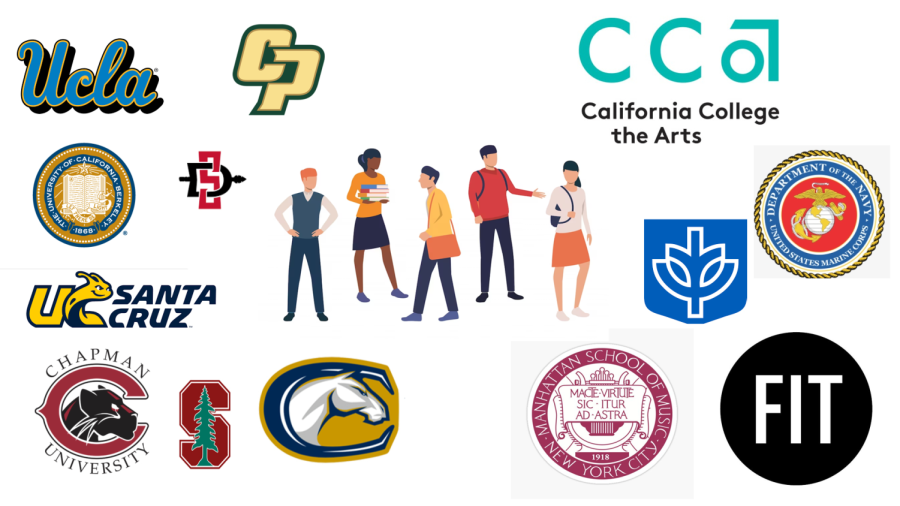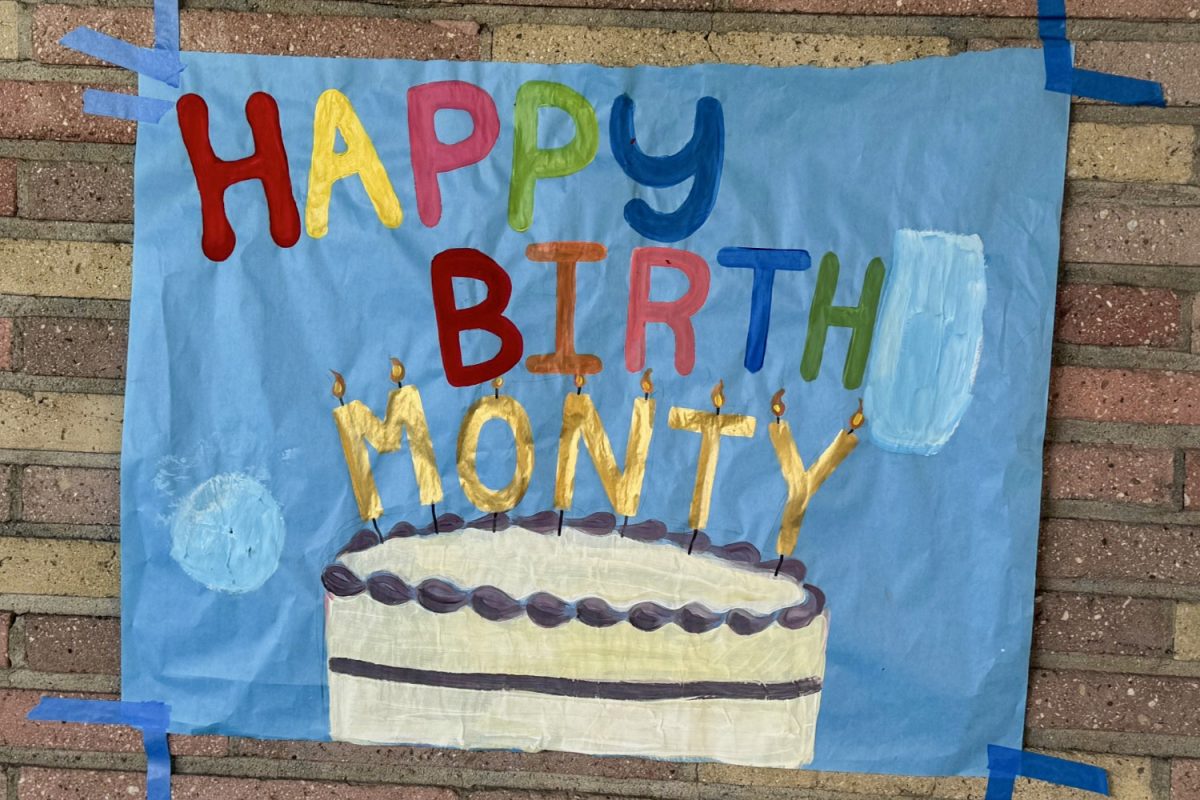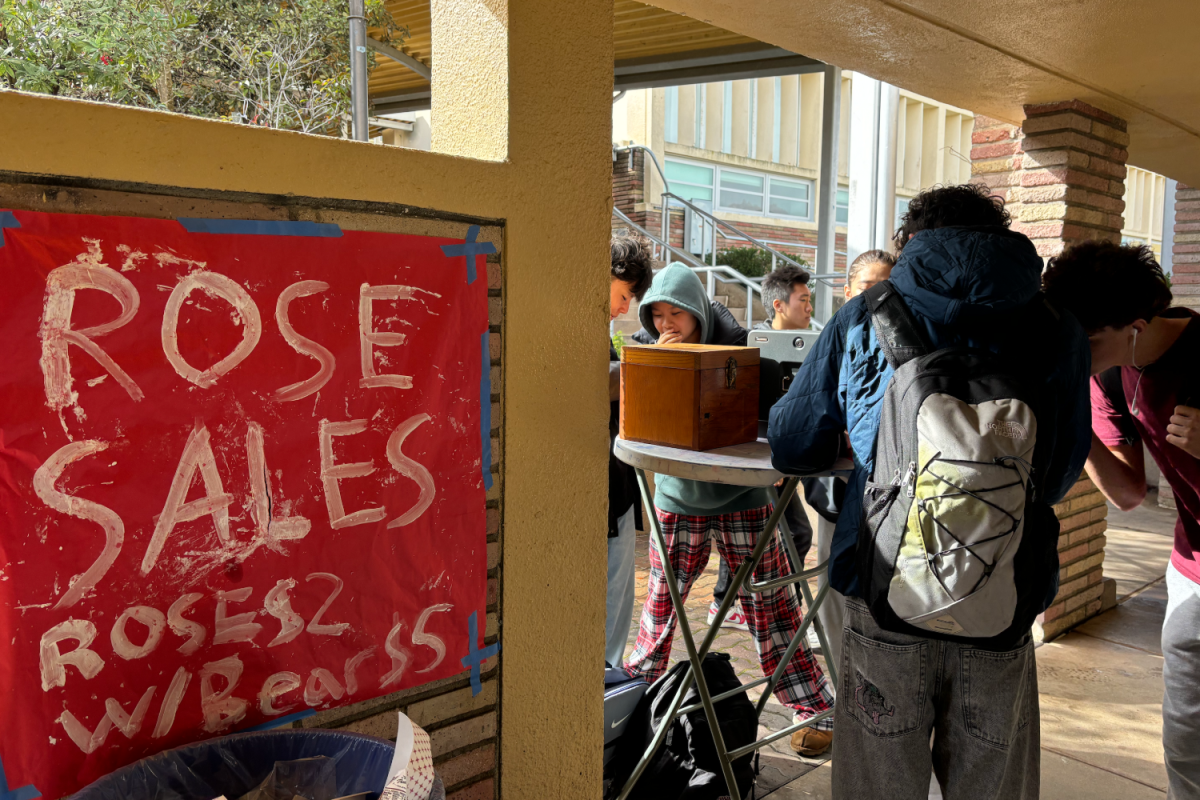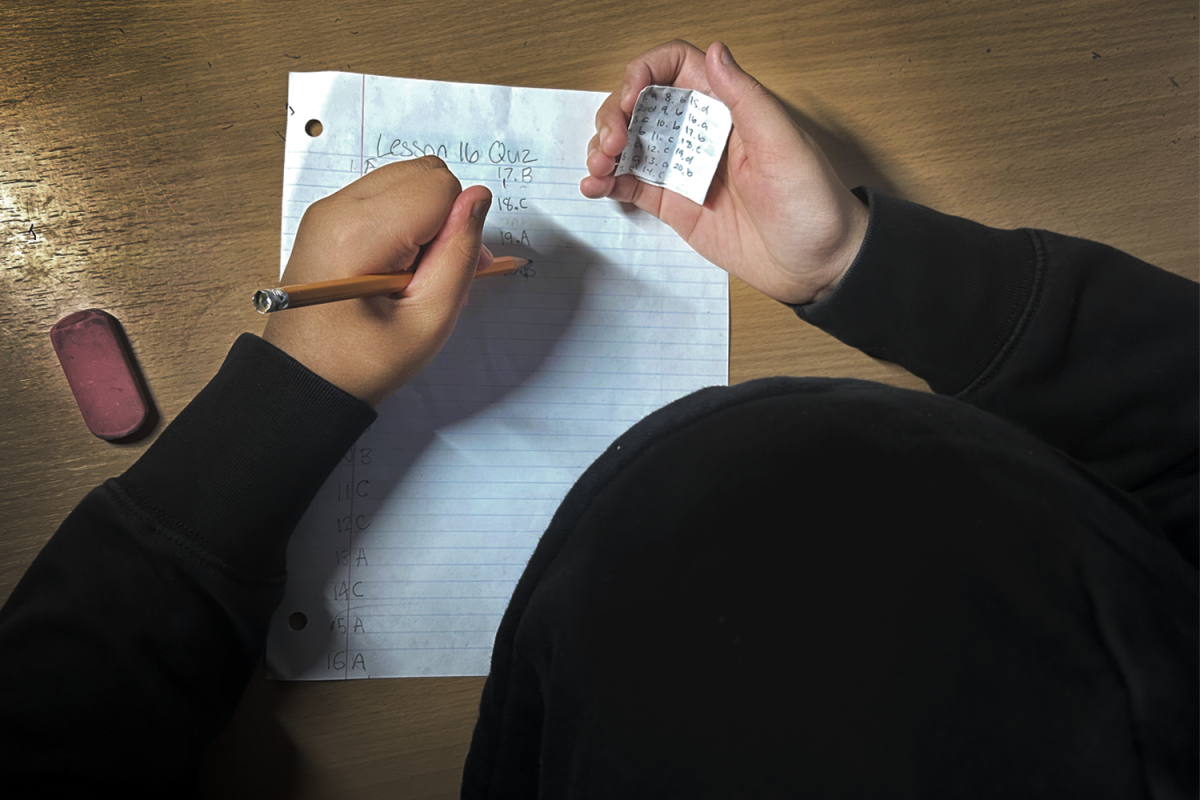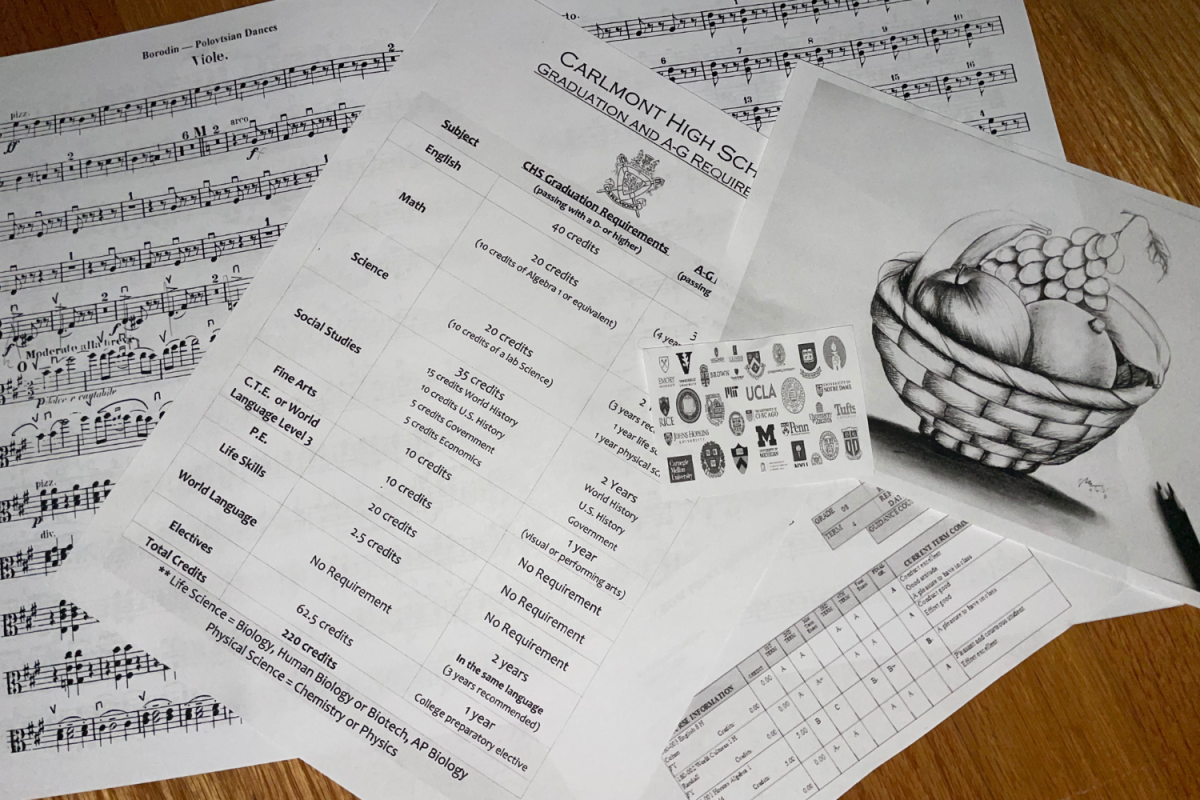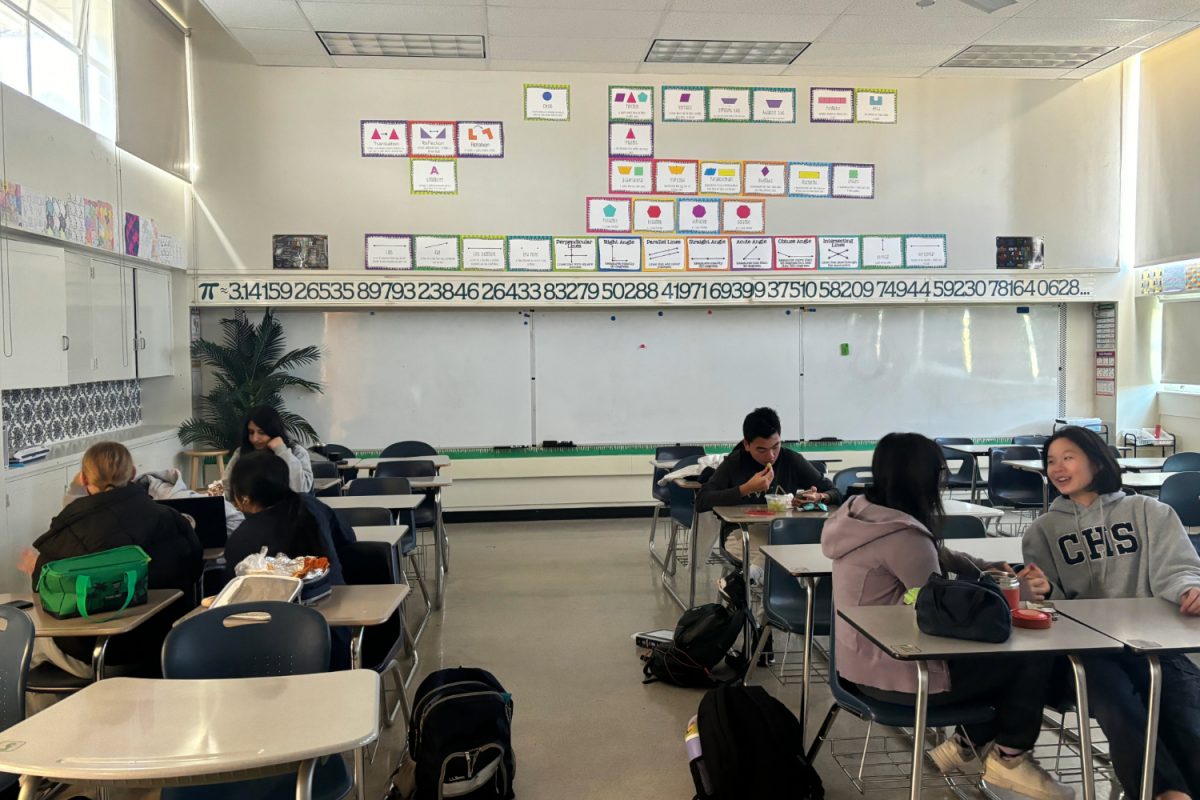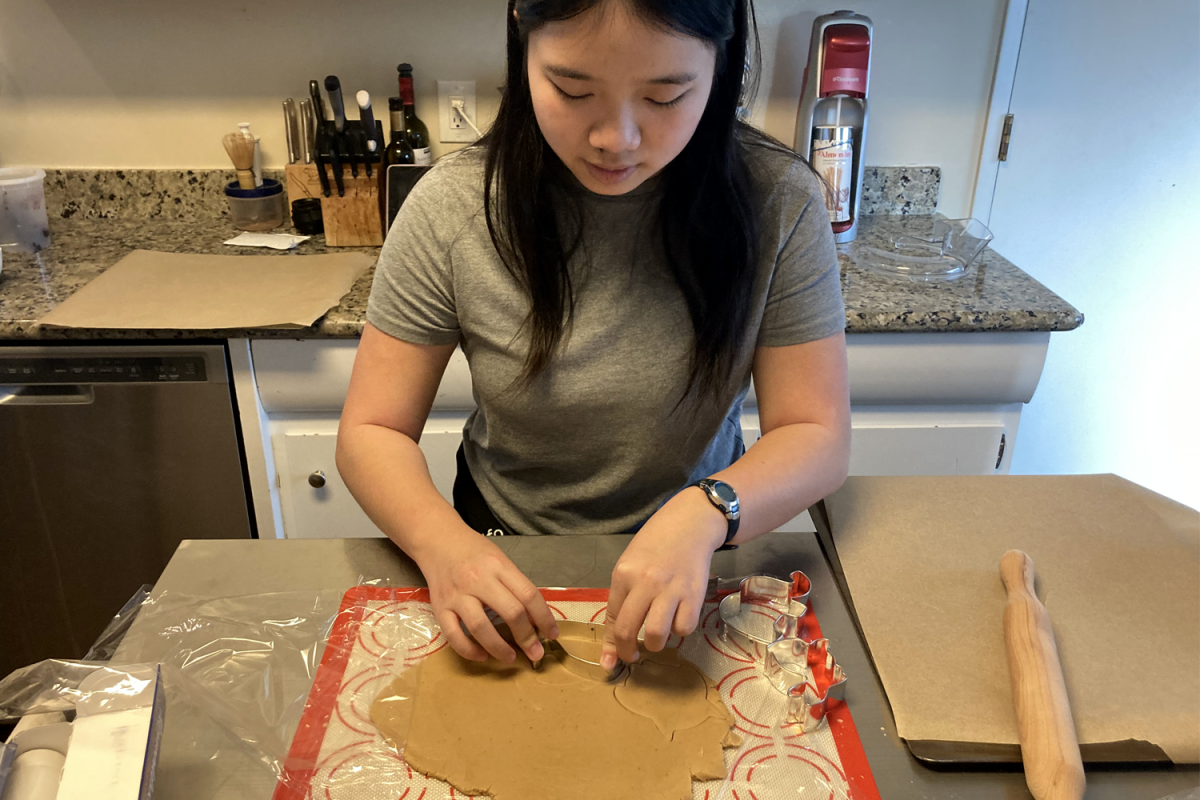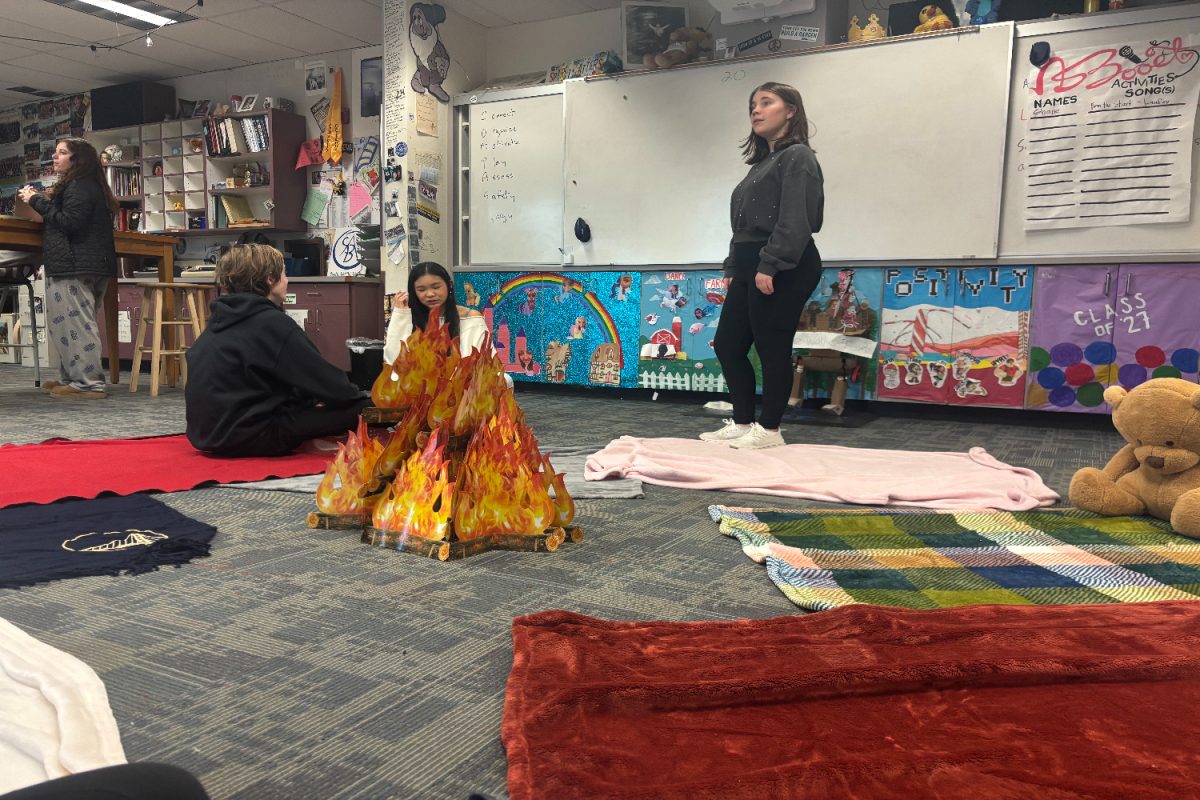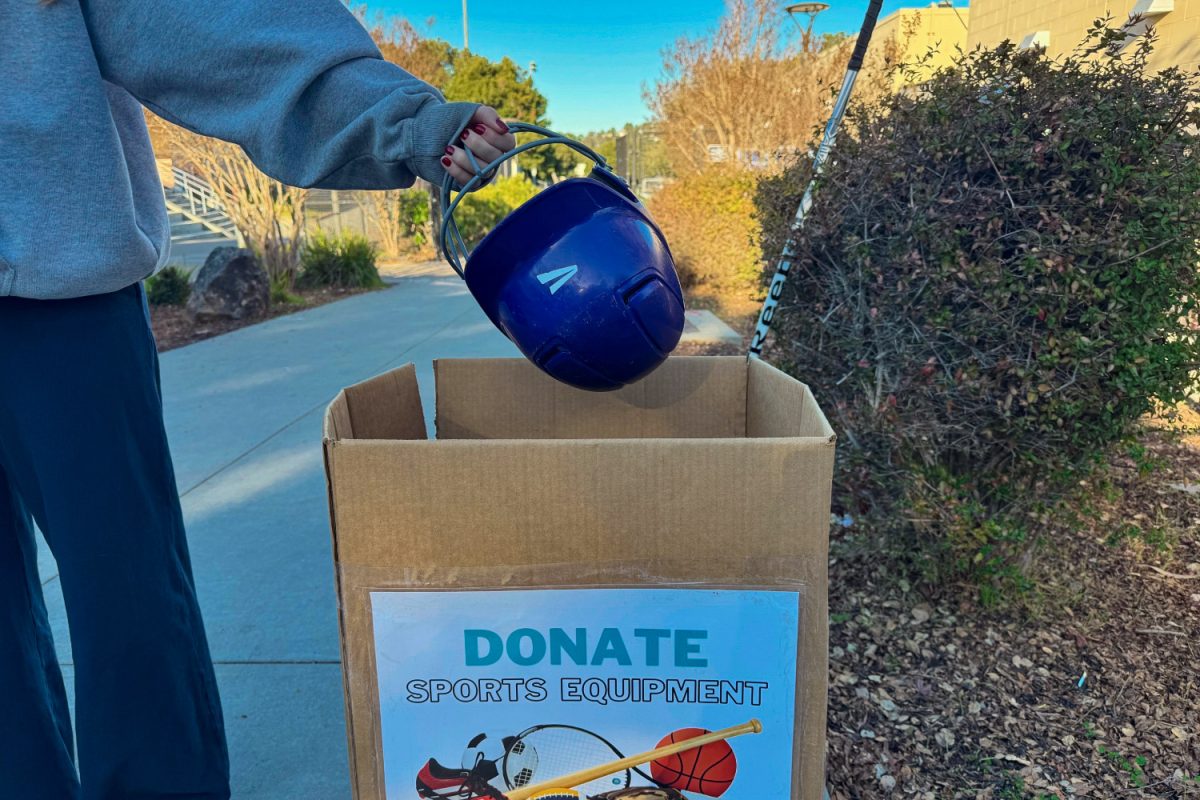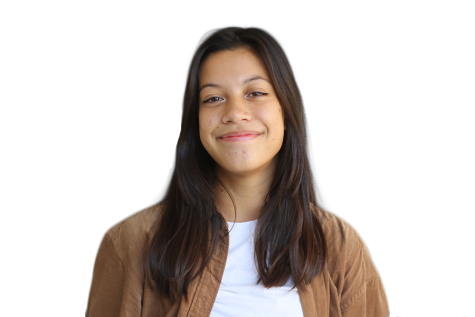College decisions allow graduating seniors to choose their own path, and sometimes they choose unconventional pathways.
Around 63% of public school students enroll in college after high school in California, according to Policy Analysis for California Education. Many students choose to major in fields related to high school subjects or play a sport in college, but not everyone does.
Seniors Hailey North and Tia Chan decided to take unconventional routes after high school. North is going to the Fashion Institute of Technology in New York City, which brands itself as unconventional.
“I have always loved fashion but my hesitation to go to a fashion school was that having a more specific major and school that specialized in a specific industry would possibly limit me if I decided I didn’t want to pursue fashion,” North said.
Many college students who go to traditional four-year colleges also face this dilemma. Around 30% of undergraduates changed their major at least once, according to the United States Department of Education. This is one of the many pressures students must consider when making decisions.
While some seniors were applying to colleges, Chan was enlisting in the military. Around 60% of the people in the military between the ages of 18-24 were 18-19 years old. According to the National Center for Education Statistics, many recruits come from high school.
“I did a lot of research and talked to many people who were in the military to decide which branch I wanted to join. I then talked with an Army recruiter and a Marine Corps recruiter before deciding to join the Marine Corps,” Chan said.
Even with these unconventional pathways being available to students, the majority of students choose to go down the traditional path of getting a college degree.
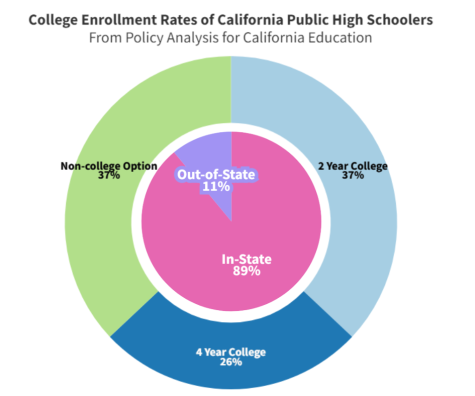
“I think most students believe the next step after high school is to go to college, especially in the Bay Area. I think there’s a societal and parental pressure to go to college right after high school and get a degree and get a high-paying job right after college,” Chan said.
According to Policy Analysis for California Education, San Mateo County has the third highest college enrollment rate of public high school students in California, around 75%. This contributes to the constant insistence that they must go to college.
Senior Chianti Raddavero, who took a more conventional path by going to Whittier College and playing volleyball, voiced the same concerns.
“I’d say the pressure comes from society itself, parents, friends, and peers. Everyone talks and still to this day people look down on community college when honestly it’s a cheaper and easier way to get an education before going to a four-year for example,” Raddavero said.
In addition, according to the Bay Area Council Economic Institute, around 49% of people over 25 have a bachelor’s degree. This is extremely high compared to 23.5% of people in the United States that has a bachelor’s degree, according to the 2020 census.
“I think more students should explore paths besides college. College will always be there if you want to go back,” Chan said.

